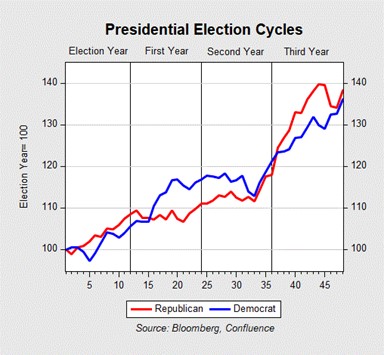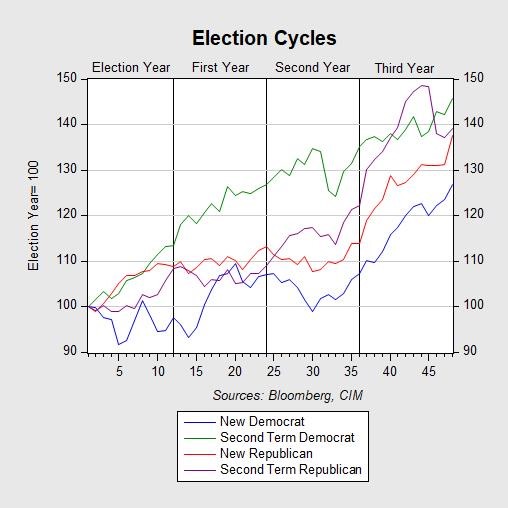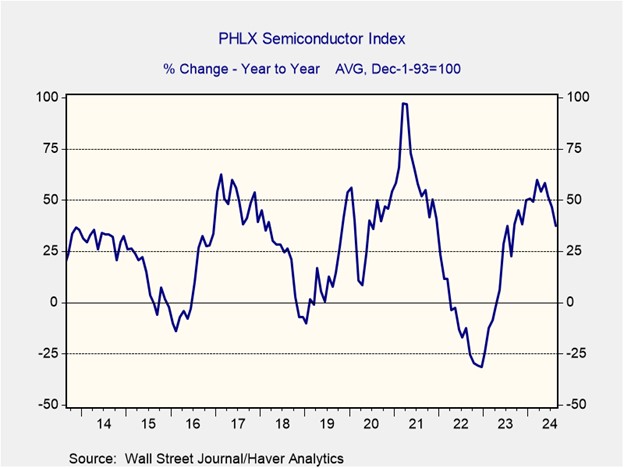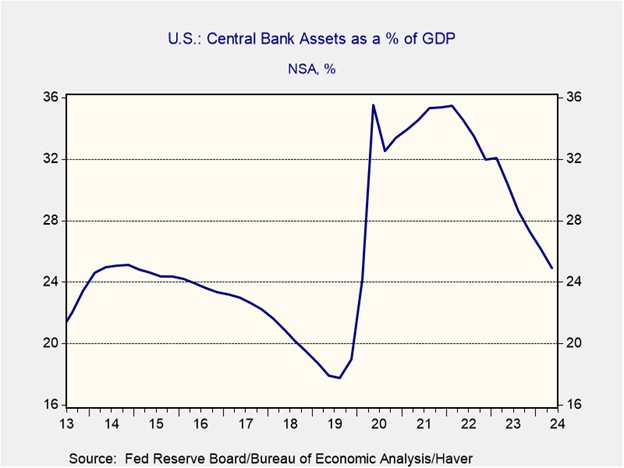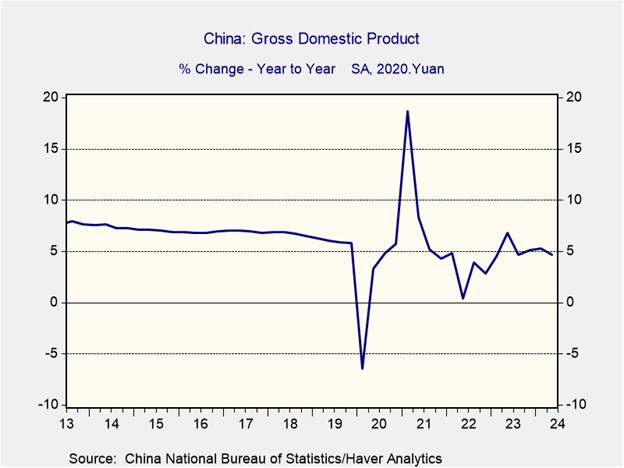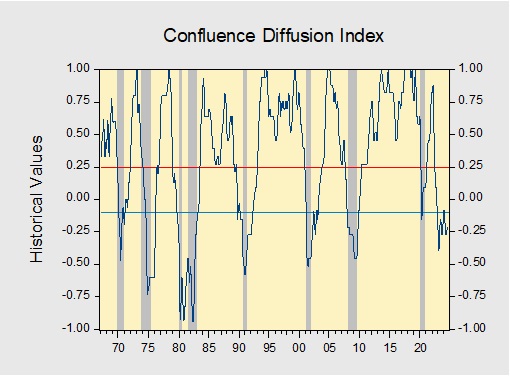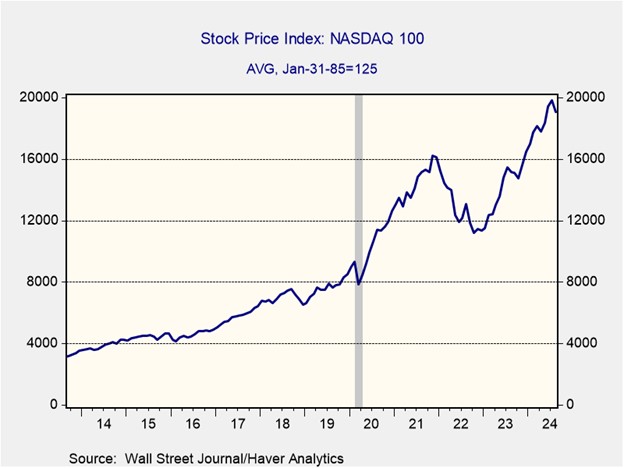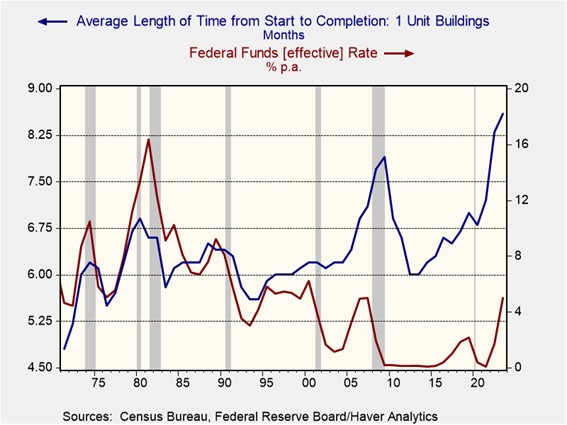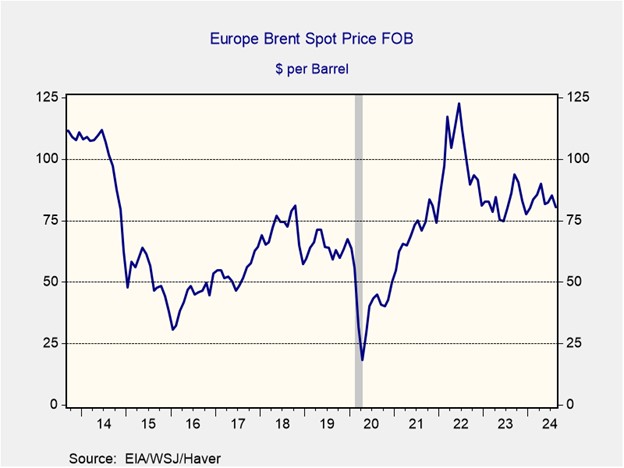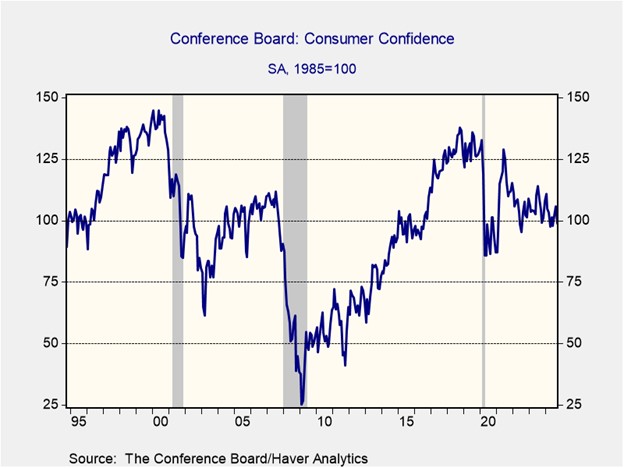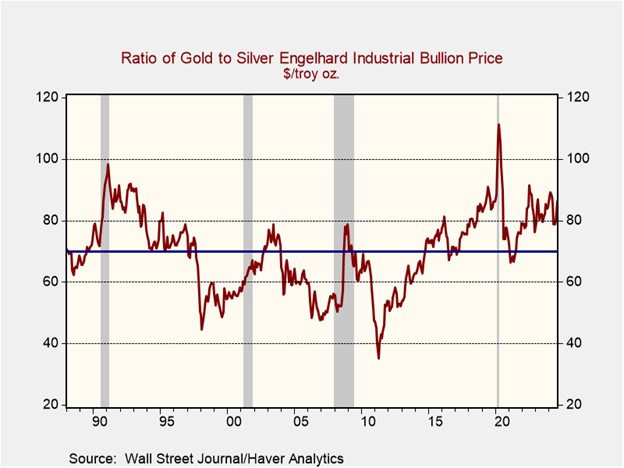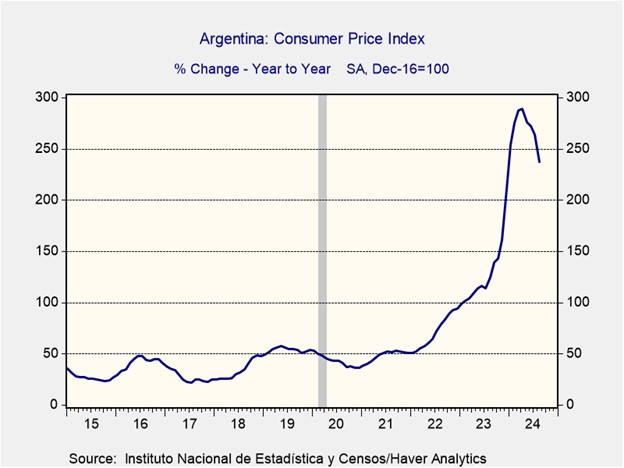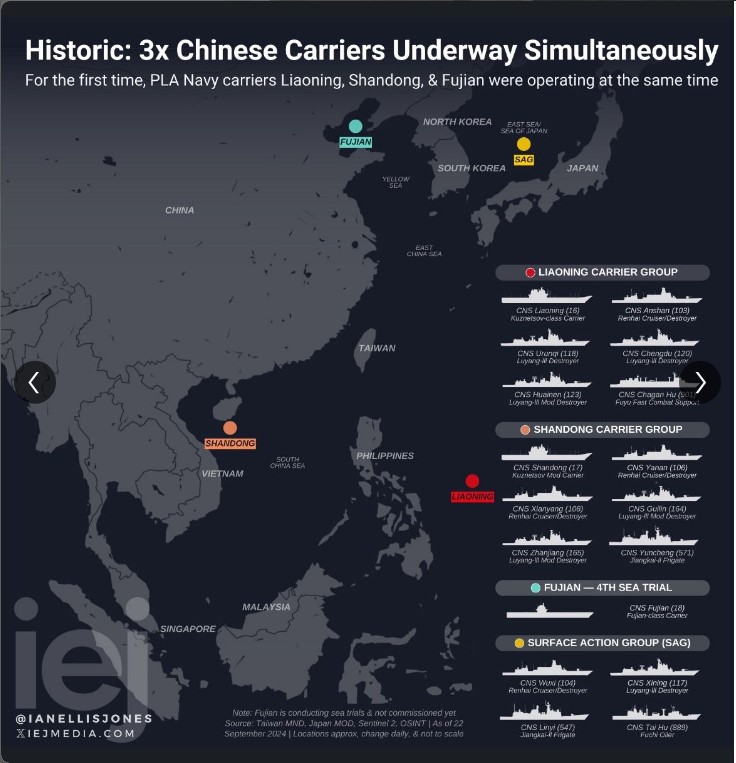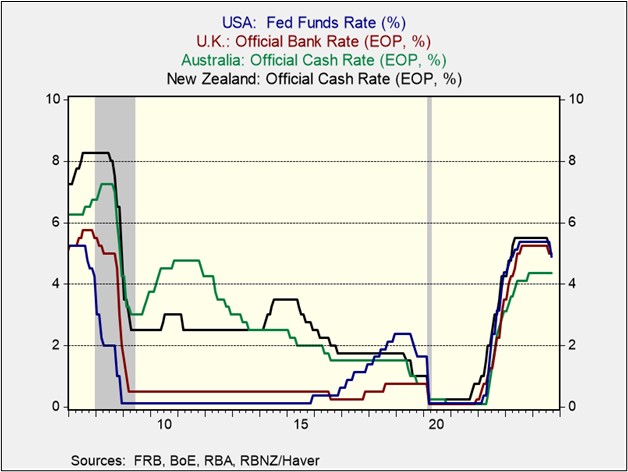by Patrick Fearon-Hernandez, CFA, and Thomas Wash
[Posted: 9:30 AM ET] | PDF
Our Comment today opens with a note on the enormous jump in Chinese stock prices today. We next review several other international and US developments with the potential to affect the financial markets today, including some observations on Japan’s new prime minister and a preview of the likely longshoremen’s strike that is expected to shut down major US ports along the East Coast and Gulf Coast starting at midnight tonight.
China: Chinese officials unleashed more economic stimulus measures over the weekend, including eased home-purchase rules in major cities. Coupled with the slew of interest-rate cuts, stock market support, and other measures discussed in several of our Comment publications last week, today’s announcements helped spark a flurry of Chinese stock buying. Chinese stock indexes posted their biggest daily gain since 2008, bringing their rise in September to 17% and putting them in a bull market despite lingering questions about the measures’ effectiveness.
China-Philippines: Even though Beijing has said that it lifted a moratorium on fishing around the Scarborough Shoal in the South China Sea, Philippine fishermen say numerous Chinese coast guard vessels are keeping them out of the area, to the detriment of their livelihoods. Beijing has long implemented seasonal moratoria in the disputed waters, ostensibly to protect fish stocks, but it hasn’t strongly enforced them. The more aggressive tack now suggests China is ratcheting up its effort to seize control over the waters it claims in the area.
Japan: Over the weekends, former Defense Minister Shigeru Ishiba, who won the presidency of the ruling Liberal Democratic Party on Friday and will be made prime minister in a Diet vote on Tuesday, took steps toward fleshing out his cabinet and policy agenda. So far, it appears Ishiba’s cabinet will be stacked reassuringly with political veterans. For example, another former defense minister, Takeshi Iwaya, is expected to be named foreign minister, and former Chief Cabinet Secretary Katsunobu Katō is set to be named finance minister. Expected policy moves include:
- Foreign Affairs and National Defense. Ishiba has shown a keen awareness of the rising security threats from China and its geopolitical bloc, including Russia and North Korea. He has therefore advocated forming an “Asian NATO” with strong mutual defense treaties between Japan and its key regional allies. Ishiba has also called for making Japan a more equal partner in the US-Japan defense treaty, perhaps by giving Japan more responsibility to help defend the US in return for more access to US military bases.
- Economic Policy. Before winning the LDP presidency, Ishiba suggested that he supports the Bank of Japan’s campaign to hike interest rates. He also called for higher corporate taxes to fund measures helping consumers hurt by high price inflation. News of his win, therefore, put strong upward pressure on the yen (JPY) and downward pressure on Japanese stocks. Ishiba yesterday tried to reverse the damage, saying the BOJ should keep policy accommodative for now, but Japanese stocks still fell 4.8% today.
- Electoral Calendar. Ishiba today said he wants to hold new parliamentary elections on October 27 in order to have a popular mandate for his policies. That suggests Japan could go through a nearly one-month period of policy stagnation, political uncertainty, and volatile markets.
Israel-Hezbollah: After Israel’s massive airstrike against the Hezbollah leadership in Beirut on Friday, the militant Islamist group confirmed on Saturday that its leader for the last three decades, Hassan Nasrallah, had been killed, along with a high-ranking Iranian military officer who had been advising him. Although Israel’s big offensive over the last two weeks has certainly weakened Hezbollah, there is a risk that its remaining leaders and their backers in Tehran will try to retaliate in force, potentially sparking a destabilizing regional war.
- Notably, however, Iranian Supreme Leader Ali Khamenei suggested over the weekend that any retaliation would have to come from Hezbollah itself, with Iran merely playing a supportive role.
- The apparent Iranian reluctance to get more deeply involved is probably a key reason why the Israelis are now attacking Hezbollah so aggressively. All the same, it’s not entirely clear that Iran will continue to hold its fire, so we assess that the situation remains risky.
United Kingdom: The government has reportedly bought a faltering semiconductor fabrication facility in northern England to ensure that the British military continues to have access to its specialized computer chips. The purchase illustrates how Western governments are starting to think more creatively about how to ensure a secure, domestic supply of critical military goods.
- The purchase is also reminiscent to how the US mobilized its defense industry during World War II. Many people see that mobilization largely as a patriotic surge by private firms, but it was actually the US government that paid for and owned most of new defense production facilities built during the war. Private firms like General Motors then used the facilities to produce defense goods, generally being paid on a cost-plus-fixed-fee basis and receiving a $1 purchase option on the facilities when the war ended.
- Many Western defense industry firms have been slow to boost output despite the current rise in demand as geopolitical tensions worsen. Reports suggest that in many cases, that’s because defense firms fear investing in new facilities only to find that peace breaks out and they’re left holding the bag financially. Direct government investment in new or existing factories could become more prevalent because it can help alleviate that risk.
Austria: In parliamentary elections yesterday, the far-right Freedom Party came in first with about 29% of ballots cast, while the center-right ÖVP, which governs in coalition with the Greens, secured about 26%. The center-left Social Democrats took about 21%. The question now is which parties can stitch together a ruling coalition, since the ÖVP has signaled it is only interested in joining a centrist coalition.
US Monetary Policy: In a Friday interview with the Financial Times, St. Louis FRB President Musalem said the Federal Reserve should now revert to “gradually” easing monetary policy after its big 50-basis point cut in early September. Since Musalem will be on the Fed’s policy-setting committee in 2025, the statement suggests the central bank may cut interest rates more slowly in the coming year compared with its initial cut this month. In other words, despite the jumbo cut in early September, the Fed could still keep rates “higher for longer” in 2025.
US Shipping Industry: The US is now just one day away from a potential major strike at its East Coast and Gulf Coast ports. If the US Maritime Alliance, which represents carriers and marine terminal operators, and the International Longshoremen’s Association can’t agree on a new contract before the current one expires today, the resulting work stoppage would affect about 41% of the country’s containerized shipping volume. Key issues in the dispute center on dockworker pay and the use of automation at the ports.
US Nuclear Energy Industry: The Department of Energy today announced it has approved a $1.5-billion loan to help reopen the Holtec Palisades nuclear generating plant in Michigan. The plant would be the first mothballed nuclear facility to be brought back online. Coming just days after Constellation Energy and Microsoft agreed to a deal that will restart a Three Mile Island reactor in Pennsylvania, the Palisades loan illustrates the burgeoning interest in developing new nuclear power as US electricity demand rises.



